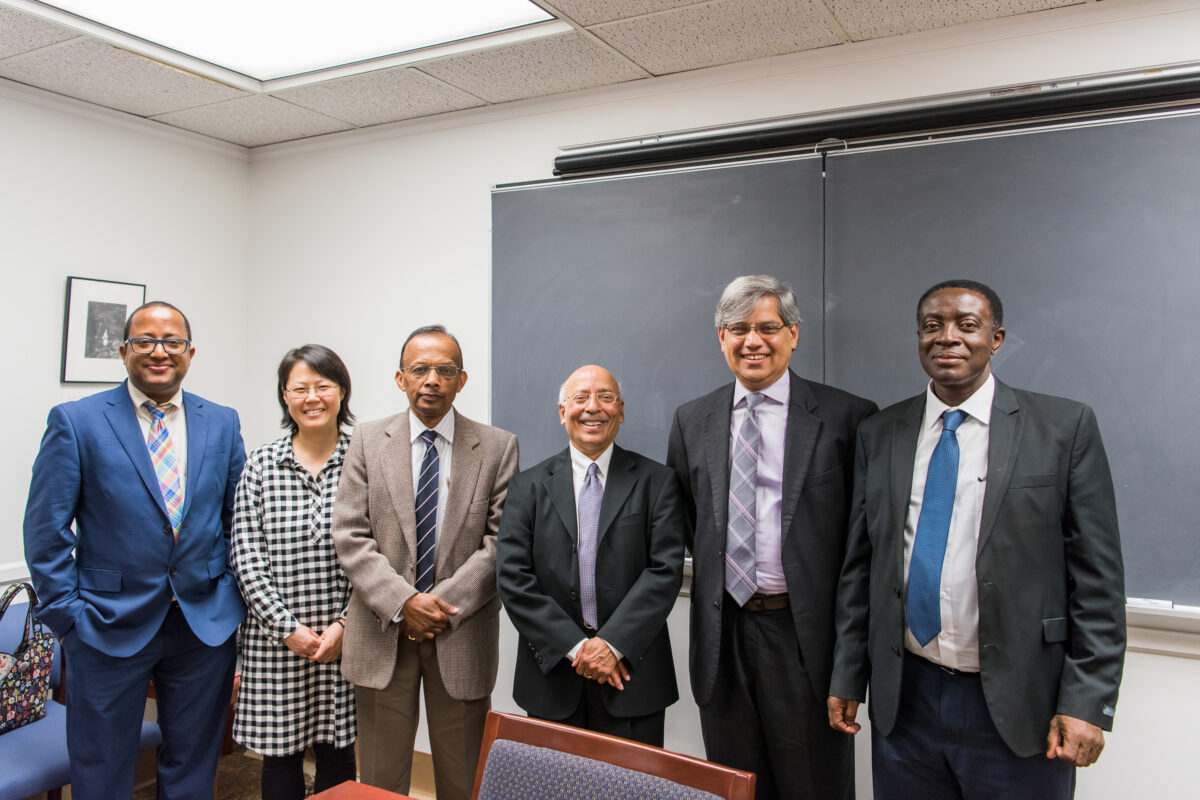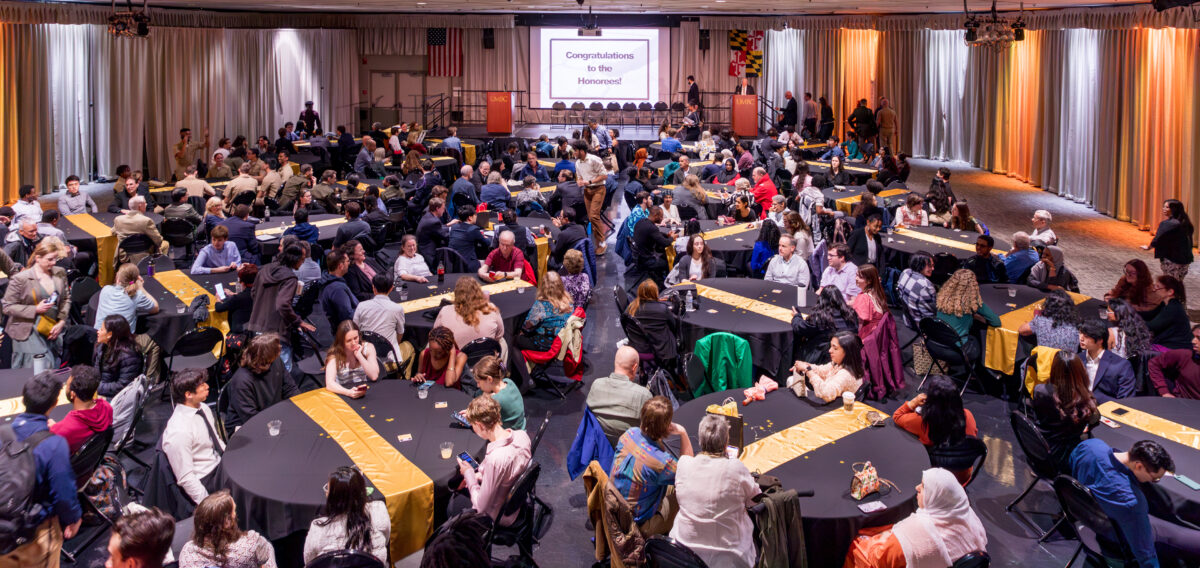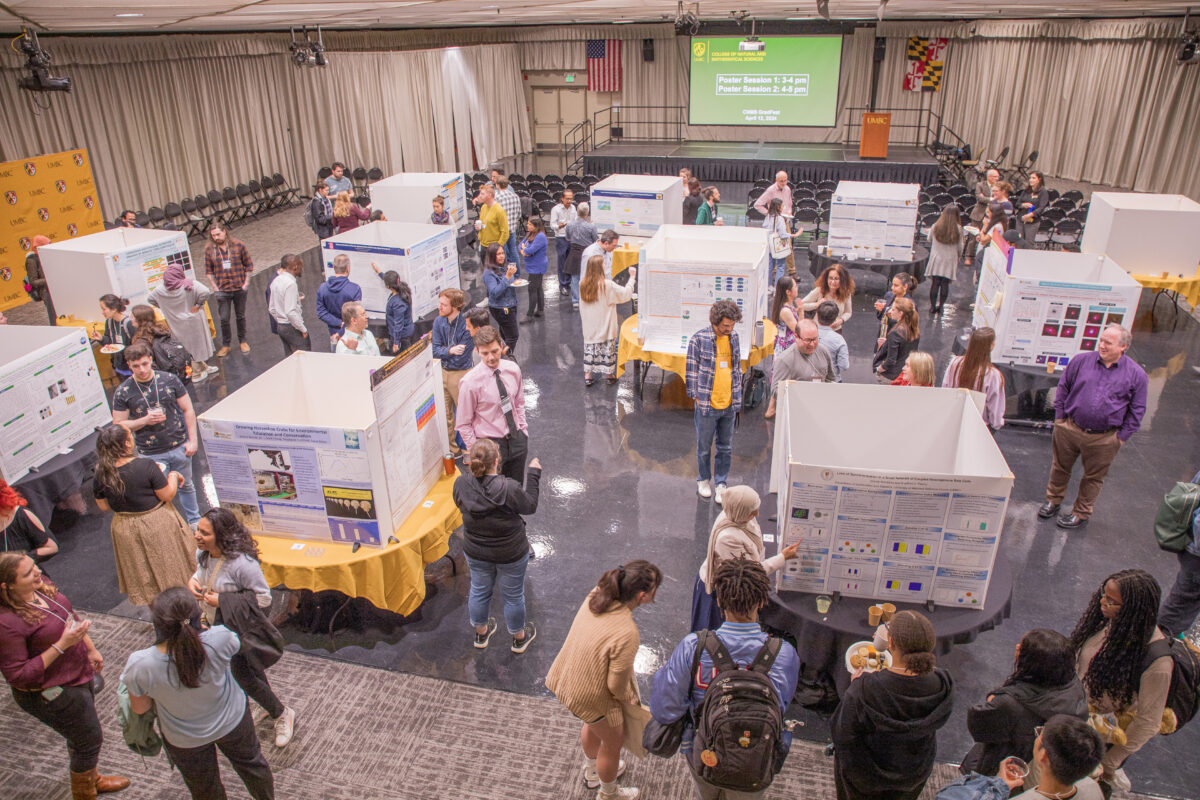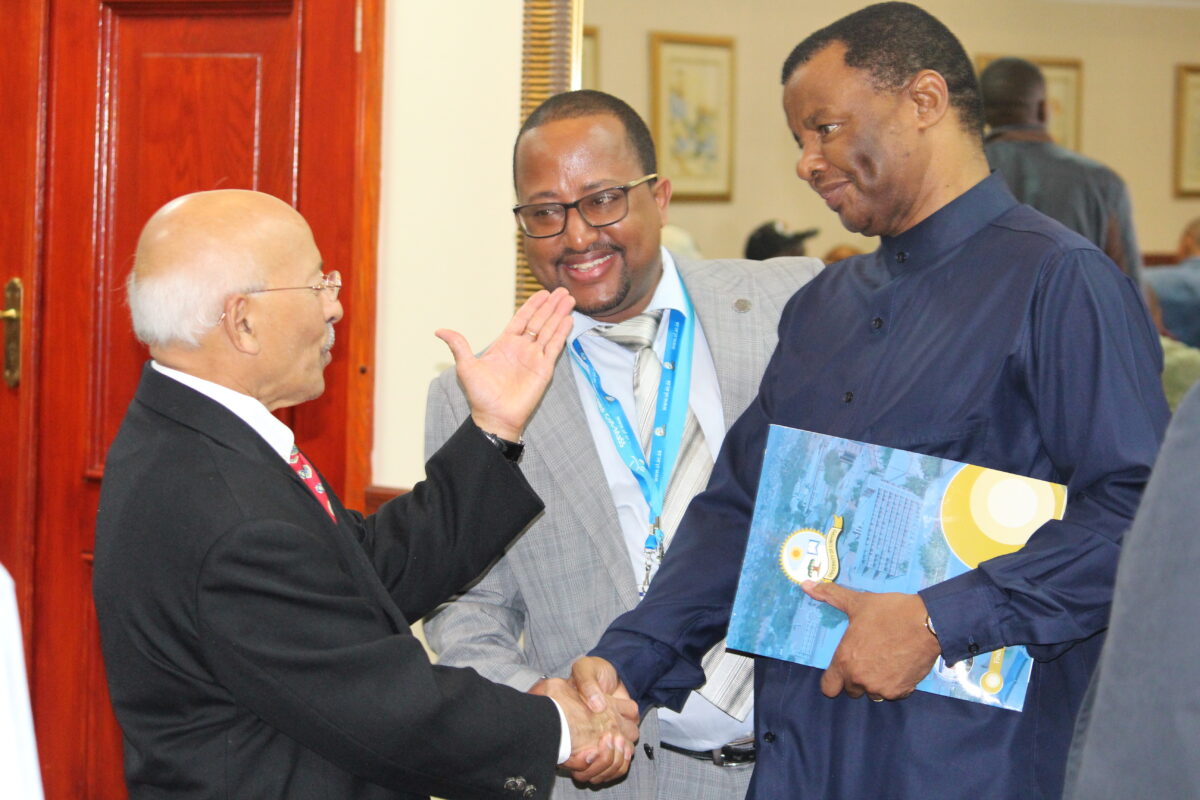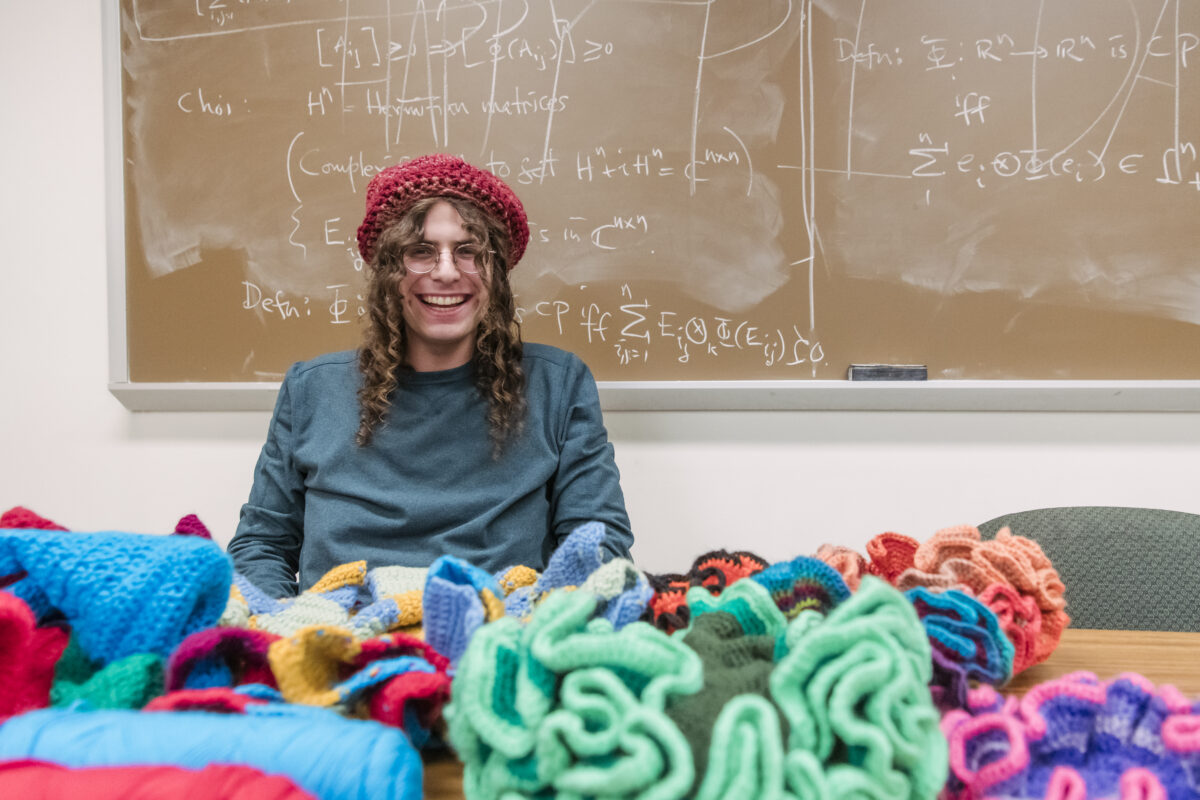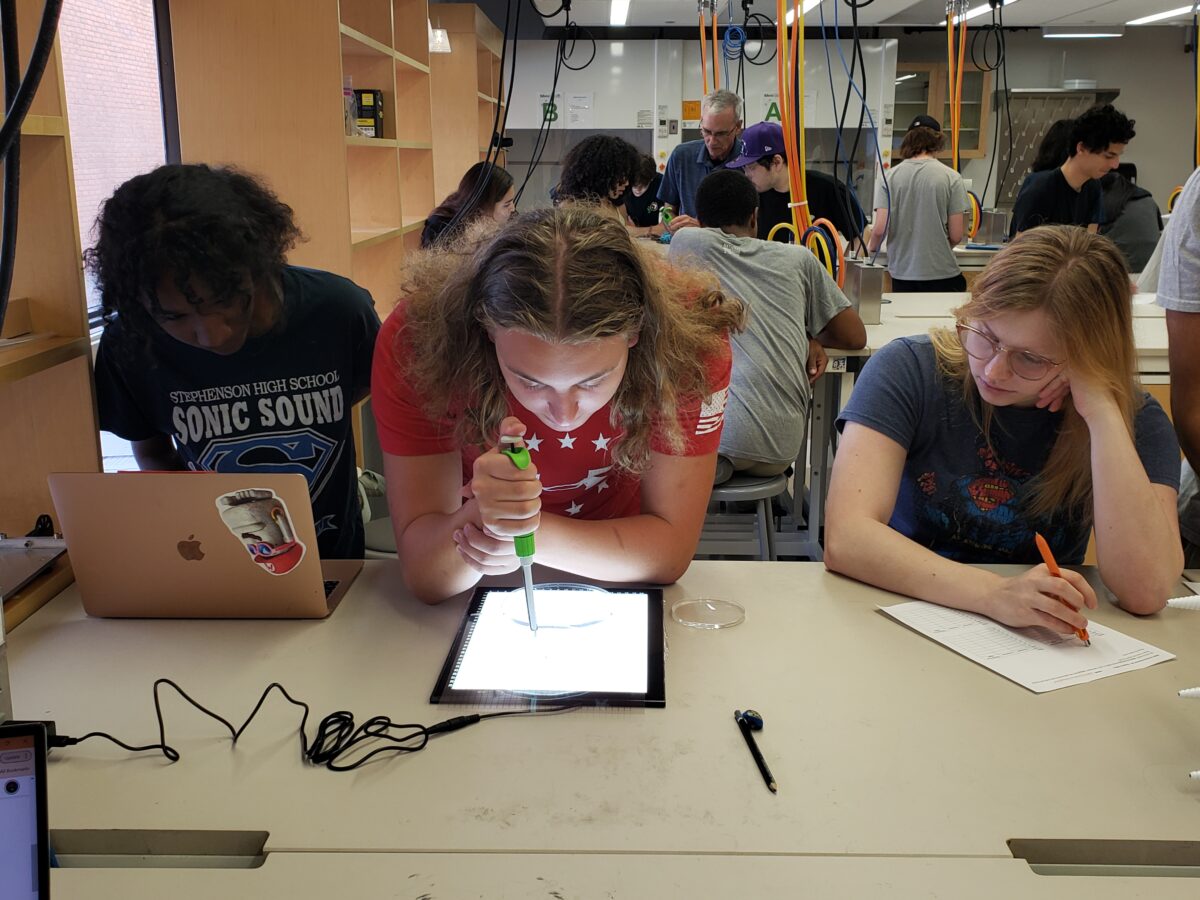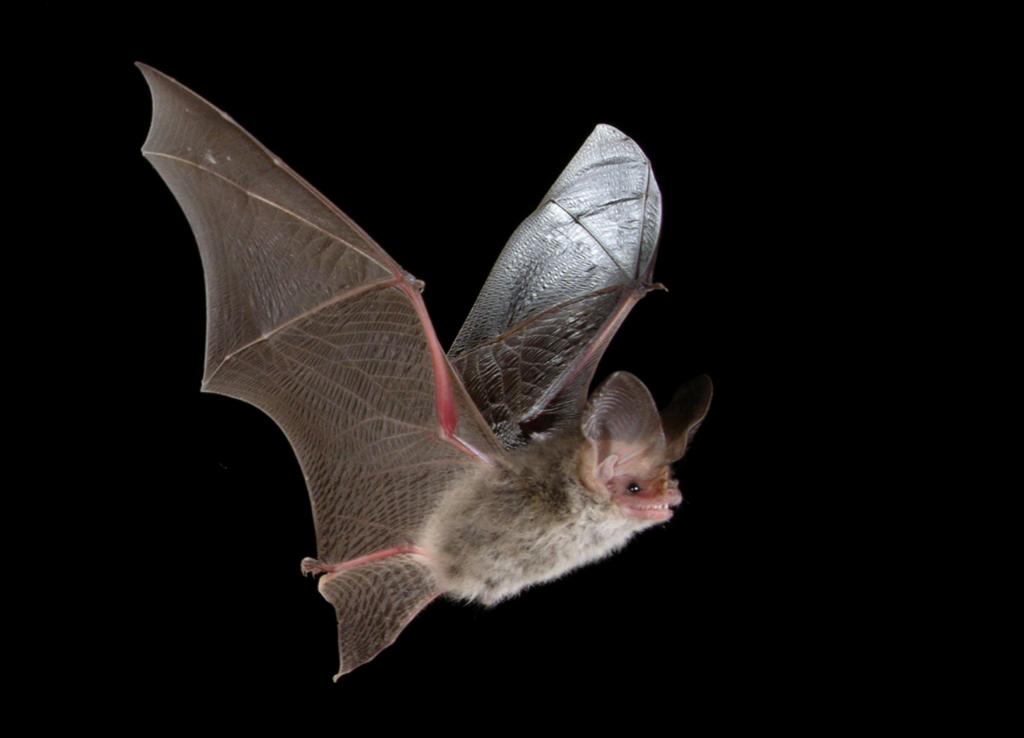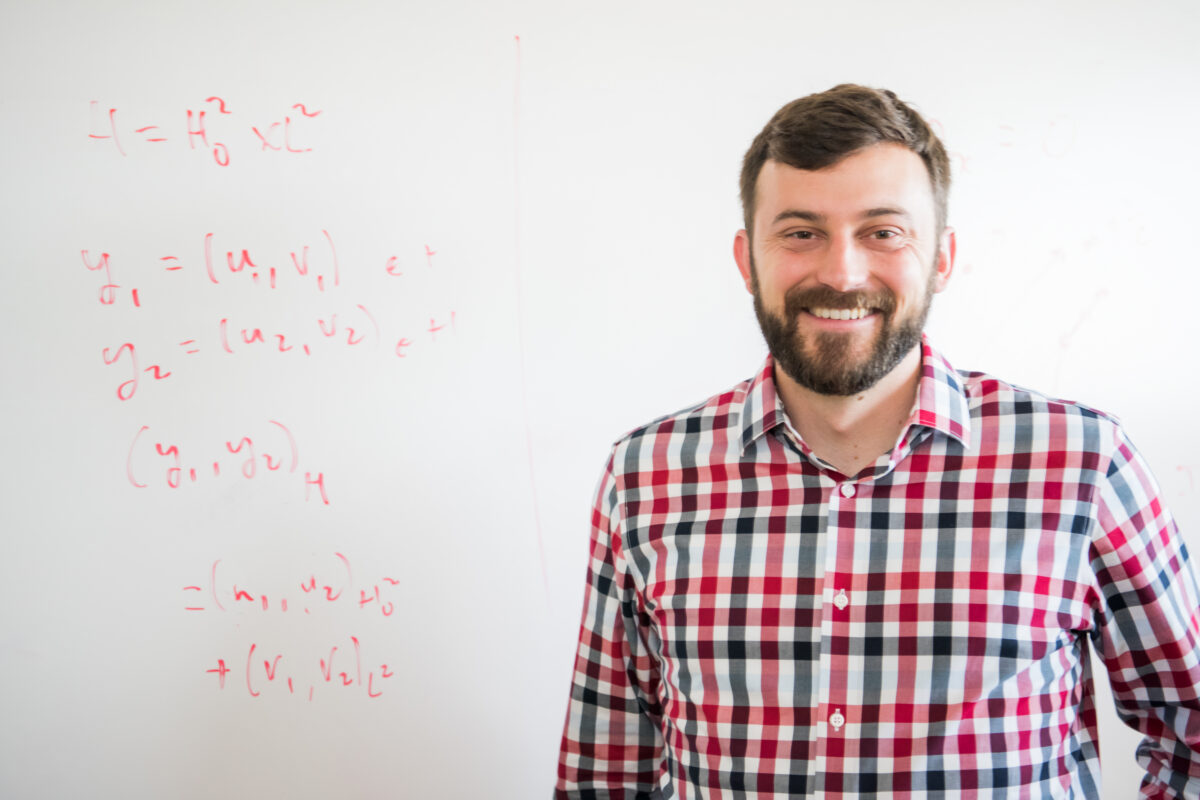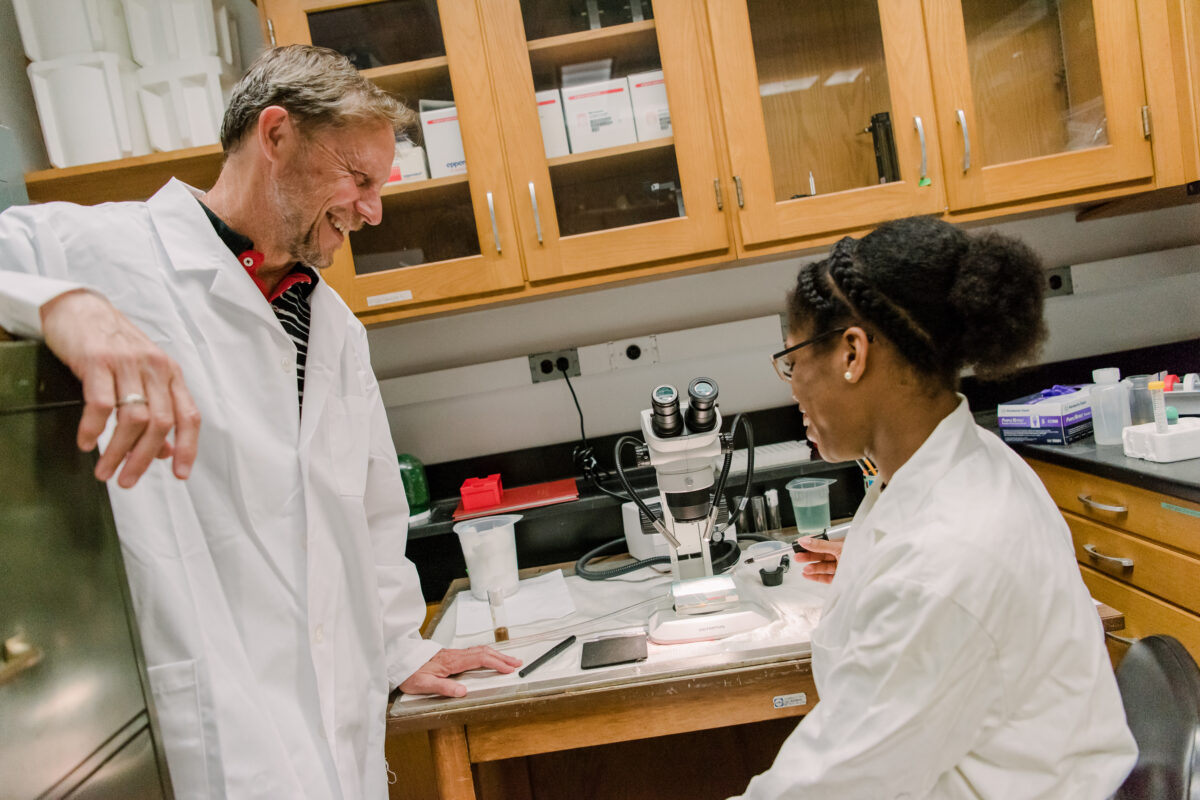UMBC statistician selected to work with Addis Ababa University in Ethiopia
Yehenew Kifle will travel to Ethiopia this summer to work with colleagues on enhancing teaching and mentoring and growing research collaborations to support Ph.D. training in biostatistics as a fellow with the Carnegie African Diaspora Fellowship Program (CADFP). Continue Reading UMBC statistician selected to work with Addis Ababa University in Ethiopia

